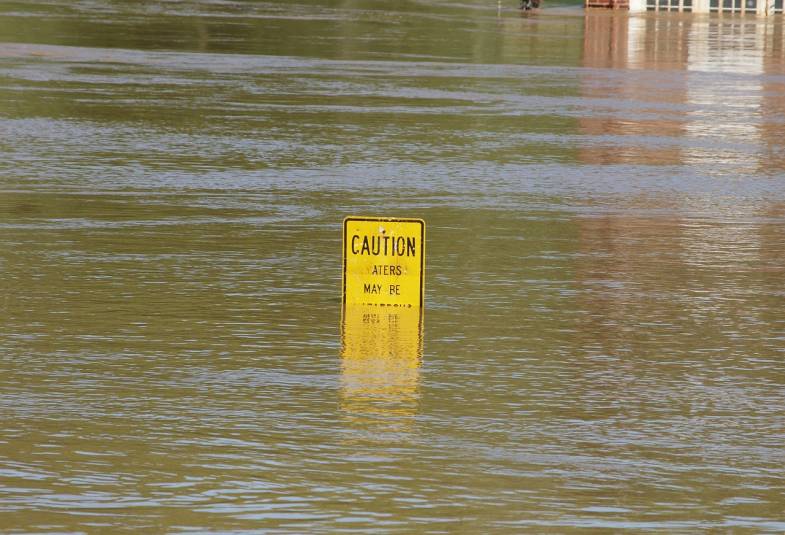You might want to put together a plan to protect your congregation and your church building in case of an emergency.
We can help you think ahead.
Download our guidance
- Disaster management plans for churches (97.65 KB)
- Example Risk Assessment Form (15.93 KB)

Why do you need a plan?
You need to protect your building from things like:
- Fire
- Lightning (which may spark a fire)
- Explosions
- Storms
- Floods
- Vandalism and theft
A disaster management plan will help you to:
- Assess and address the likely types and triggers of disasters
- Set out evacuation and safety procedures
- Prioritise items for protection
- Set out procedures for salvage, storage, business continuity, repair, and post-disaster restoration and review
What is a disaster management plan?
A DMP has three sections.
It aims to protect your building, including the interior fixtures and fittings that are integral to its design and function.
Case studies
- Bath Abbey Emergency Reaction Team Plan (41.47 KB)
- St Peter Monkwearmouth DMP (470.63 KB)
- St Paul Jarrow DMP (1.69 MB)
Who can help?
To produce a disaster management plan, get help from:
- Your architect
- Your diocese
- Your insurer
- Your quinquennial inspection report
- Your church inventory
Consult widely, including:
- Historic England
- Local authorities
- Police
- Fire brigade (e.g. fire risk assessment)
- Local NHS trusts
- National Trust and Historic Royal Palaces (they have experience of the consequence of many sorts of disasters)
Our top tips
- Make sure that your building and its contents are insured
- Your insurers must be notified as early as possible if a disaster occurs; they will have expert advice and support
- Detection and alarm systems and fire and flood protection systems need to be kept serviced and up-to-date
- In the event of a disaster, STOP and wait for considered professional advice. Significant and costly damage can be caused by hasty decisions
- Provide a single point of contact with the media, and inform your Diocesan Communications Officer as soon as possible in the event of a disaster
- Early protection is invaluable. Knowing sympathetic local builders who can cover a roof swiftly can prevent costly damage.
- Once the immediate emergency is passed – take control of events. Do not let them control you. If your DMP is solid and up-to-date, this will be much easier